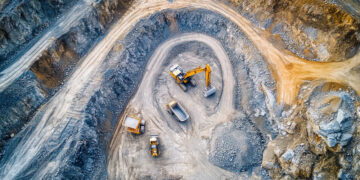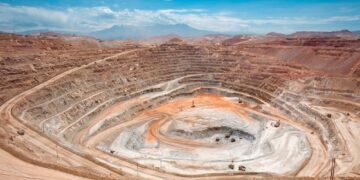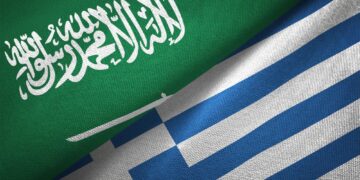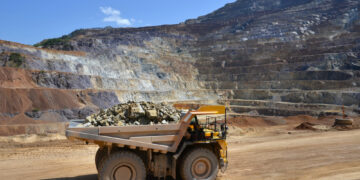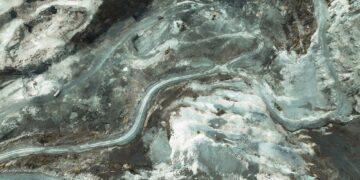The Kingdom of Saudi Arabia’s Ministry of Industry and Mineral Resources has recently disclosed the discovery of its most expansive mineral-rich zones ever. Encompassing an impressive 4,788 square kilometers, this announcement also includes the release of five new exploration permits.
In a bid to catalyze the exploration and exploitation of the Kingdom’s abundant mineral resources, the Ministry has extended an invitation to prominent mining and exploration corporations to engage in the ongoing Exploration Licensing Rounds.
The spokesperson for the Ministry, Jarrah Al-Jarrah, articulated the Kingdom’s dedication to fortifying its mining and minerals sector. This step is seen as pivotal in crafting new investment avenues.
The quintet of exploration licenses is integral to the Ministry’s strategy to amplify exploration investments. This strategy aligns with the overarching Vision 2030 goals that seek to elevate mining to a cornerstone industry within Saudi Arabia.
Contrasting with prior offerings, the current licenses encompass substantially broader territories and are aimed at attracting high-net-worth entities proficient in the operation of established base and precious metal mines. The Kingdom is on the lookout for investors with the capabilities to launch and unearth significant, first-tier deposits across the approximately 1,000 square kilometers of these exploration licenses. With robust infrastructure and enticing financing options, Saudi Arabia is well-equipped for the development of new first-tier mining sites.
The Ministry has put forth an invitation to both domestic and international firms to participate in the Exploration Licensing for these mineral-rich zones:
- Jabal Sayad: Three exploration licenses spanning 2,892 square kilometers, home to deposits of copper, zinc, lead, gold, and silver.
- Al-Hajjar: Two exploration licenses in the Wadi Shwas VMS Belt, covering 1,896 square kilometers, known for gold, silver, copper, and zinc deposits.
Al-Jarrah underscored the significance of the Jabal Sayad and Al-Hajjar zones as the largest mineralized belt offerings by the Kingdom to date. The Jabal Sayad belt is situated northeast of Jeddah and east of Madinah and features notable VMS deposits. The Umm ad Damar deposit, yet to be tapped, promises a substantial exploration opportunity.
The Al-Hajjar region, part of the Wadi Shwas VMS Belt in the Asir Terrane, was once the site of the Al-Hajjar mine, which historically yielded about 40,000 ounces of gold annually. Although currently inactive, this area is renowned for its wealth of gold, copper, and zinc.
The process for acquiring the exploration licenses will be marked by transparency, commencing with a pre-qualification phase from July to October 2024. Following this, qualified candidates will present technical proposals along with plans for managing social and environmental impacts by December 2024. The successful applicants will be declared, and licenses awarded in January 2025.
Al-Jarrah reaffirmed the Ministry’s pledge to assist bidders via the Exploration Enablement Program (EEP), which subsidizes up to a quarter of costs related to drilling, testing, and geoscientific studies. Additionally, the EEP offers financial support for employee salaries, covering up to 15% for residents of the Kingdom and 70% for local salary expenses during the initial two years, followed by full coverage thereafter.
All pertinent geological data regarding these belts will be made accessible on the ‘Ta’adeen’ online platform. This ensures a level playing field for all contenders and encourages increased exploration expenditure. This initiative is poised to bolster the national geological database, spawn employment opportunities, and propel sustainable economic growth.
The Arabian Shield region of Saudi Arabia, with its mineral resources estimated at SR9.5 trillion, showcases the Kingdom’s capacity for substantial economic contributions. The Kingdom’s mining sector has been lauded in the Mining Journal World Risk Report for its efficient licensing procedures and appealing regulatory framework.

